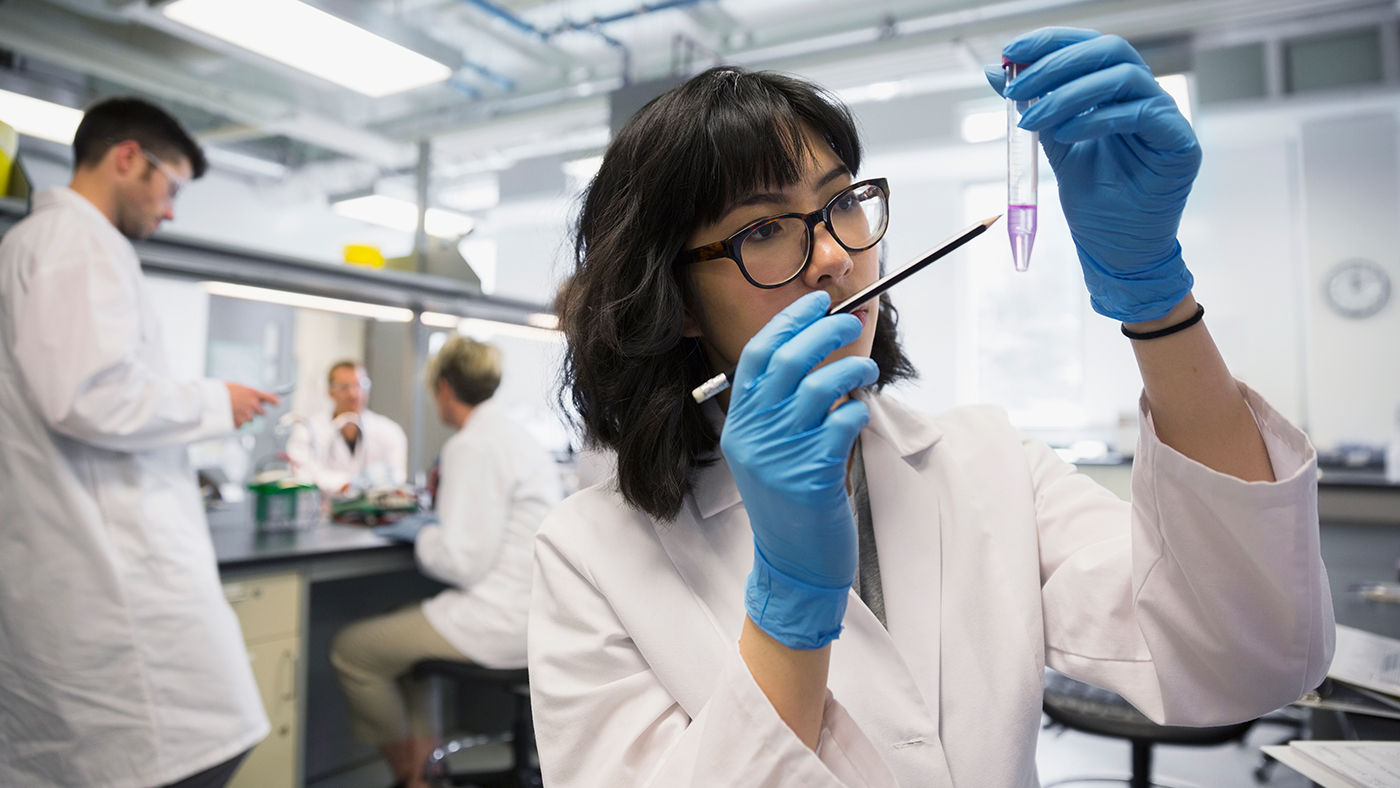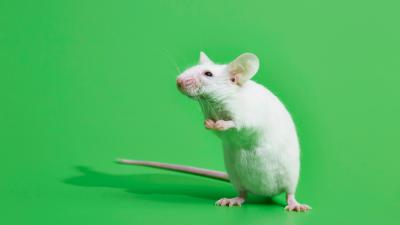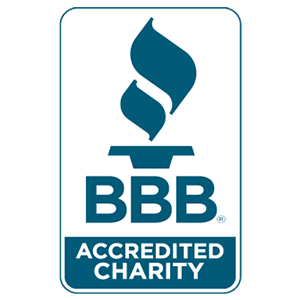Aligning With Physicians Committee Recommendations, EPA Announces Plans To Eliminate Animal Testing

Today, surely, will be a day to remember. Physicians Committee scientists had the privilege of participating in a signing ceremony for an ambitious new memo promulgated by EPA’s Administrator, Andrew Wheeler.
Today, surely, will be a day to remember. Physicians Committee scientists had the privilege of participating in a signing ceremony for an ambitious new memo promulgated by EPA’s Administrator, Andrew Wheeler. The memo describes EPA’s commitment to reduce animal tests on mammals by 30 percent by 2025 and completely end its reliance on mammalian tests for assessing the risks of chemicals to human health and the environment by 2035.
To do this, EPA plans to greatly expand its investments in computer-based and in vitro cell and tissue models, with cells from humans and, for assessing environmental risks, from wildlife, such as fish and birds. EPA also announced that they will award $4.2 million in grants to universities across the country to develop new, animal-free methods to assess the risks of chemicals and pesticides.
EPA will also need to revise its regulations that require testing chemicals on animals, to train its staff and chemical companies on how to use nonanimal methods, and to adapt the internal EPA research laboratories that are currently using animals.
Efforts are also planned to reduce testing on other animals, such as fish, frogs, and birds, although specific targets were not provided. This is unfortunate, since in vitro and computational methods assessing risks to fish and birds could lead to better information on a wider variety of species than the few that are tested in laboratories. Not to mention, of course, that fish, frogs, and birds suffer pain and distress during laboratory experiments.
Currently, hundreds of thousands of animals, including dogs, rats, mice, guinea pigs, rabbits, fish, and birds, are killed each year in the testing of products under EPA’s regulatory purview, including industrial and consumer chemicals, pesticides, and cleaning products. While animal testing has been widespread throughout the history of toxicology—the study of poisons—its many drawbacks have led the Physicians Committee and other organizations to call for the replacement of animal tests for many years.
Animal tests are painful, stressful, and lethal for the animals subjected to them. One infamous test, the Draize eye test, involves smearing chemicals on rabbits’ eyes and waiting to see the excruciating damage that results. Rabbits are used for this test because they don’t have natural tears and thus can’t wash the chemical out.
Other tests include those which force animals to inhale chemicals while stuck in small round tubes no larger than their bodies; the Lethal Dose 50 test, which forces animals to ingest larger and larger doses of chemical until at least half of them die; and carcinogenicity tests. Carcinogenicity tests expose animals to chemicals by way of their diet or drinking water, typically for two years, until they develop painful tumors or are killed; afterwards their bodies are dissected. These tests use hundreds of animals per study.
In order to assess all of the chemicals in our environment and on the market, millions of animals would have to be killed. The ethical concerns with such wide-scale testing are clear. The results of animal tests are often not relevant to humans, and they take such a long time to conduct that dangerous chemicals could go without regulation while they are conducted.
Recognizing these issues, health organizations such as the Physicians Committee and animal protection organizations, such as the People for the Ethical Treatment of Animals and the Humane Society of the United States, have worked for the replacement of animal tests with more human-relevant methods.
Government agencies including the EPA, the NTP Interagency Center for the Evaluation of Alternative Toxicological Methods (NICEATM), and the Organization for Economic Cooperation and Development (OECD) have begun working to make these changes. In 2007, the National Academy of Sciences released a report titled Toxicity Testing in the 21st Century: A Vision and a Strategy which outlined how to transition toward a more humane, effective toxicology testing paradigm. Since the report was published, the Physicians Committee has been working to implement these recommendations into federal and international testing policies.
The most notable example is the passage of the Frank R. Lautenberg Chemical Safety Act in 2016, which contains language requiring EPA to minimize and replace vertebrate animal testing for the chemicals it regulates. The Physicians Committee, along with a coalition of health, environmental, and animal protection groups, lobbied legislators working on the bill, and have given advice to EPA since then to assist in implementing the requirements. The Physicians Committee has also supported the training of EPA and chemical industry staff on nonanimal methods, including the OECD QSAR Toolbox, Adverse Outcome Pathways, and New Approach Methodologies (NAM), through the new NAM Use for Regulatory Application (NURA) series.
The Physicians Committee has found success working with the EPA, NICEATM, and the pesticide industry to replace testing requirements with human-based methods and computational strategies for skin sensitization, eye and skin irritation, and Lethal Dose 50 (LD50) testing by facilitating data collection, funding laboratory testing, and bringing key players to the table to make progress. EPA has recently announced policies removing requirements for the LD50 dermal test and replacing animal tests for some skin sensitization tests.
The signing ceremony was attended by Assistant Administrator of the Office of Chemical Safety and Pollution Prevention Alexandra Dunn and several other key EPA staff who will be responsible for implementing the policy.
The new commitment from EPA signed today expands the requirements of the Lautenberg Act from industrial chemicals to all of EPA’s regulated products, including pesticides and cleaning products. It will certainly require continued support by chemical companies and nonprofit organizations alike, but the reward—an animal-free toxicology program—will be well worth the effort.







